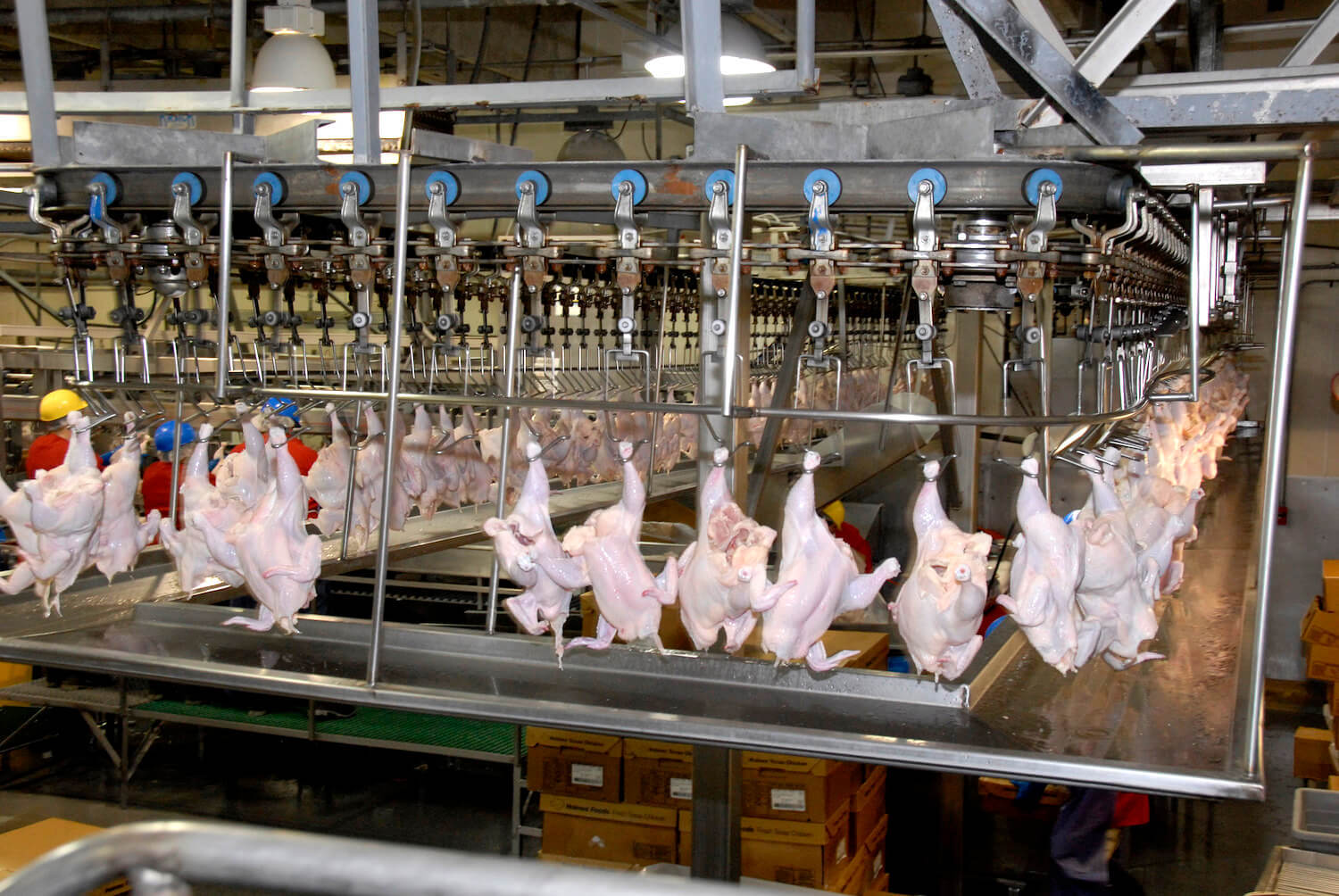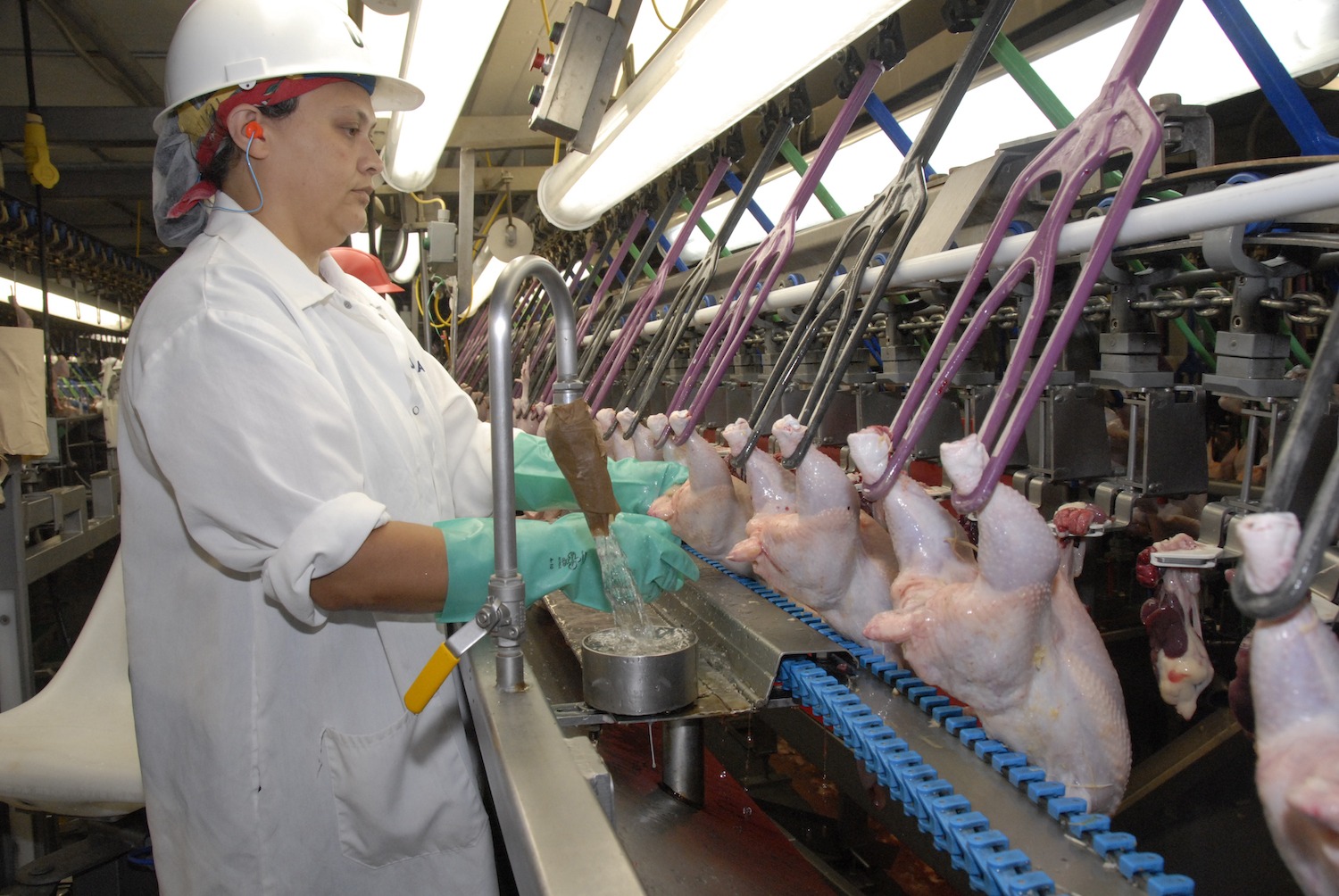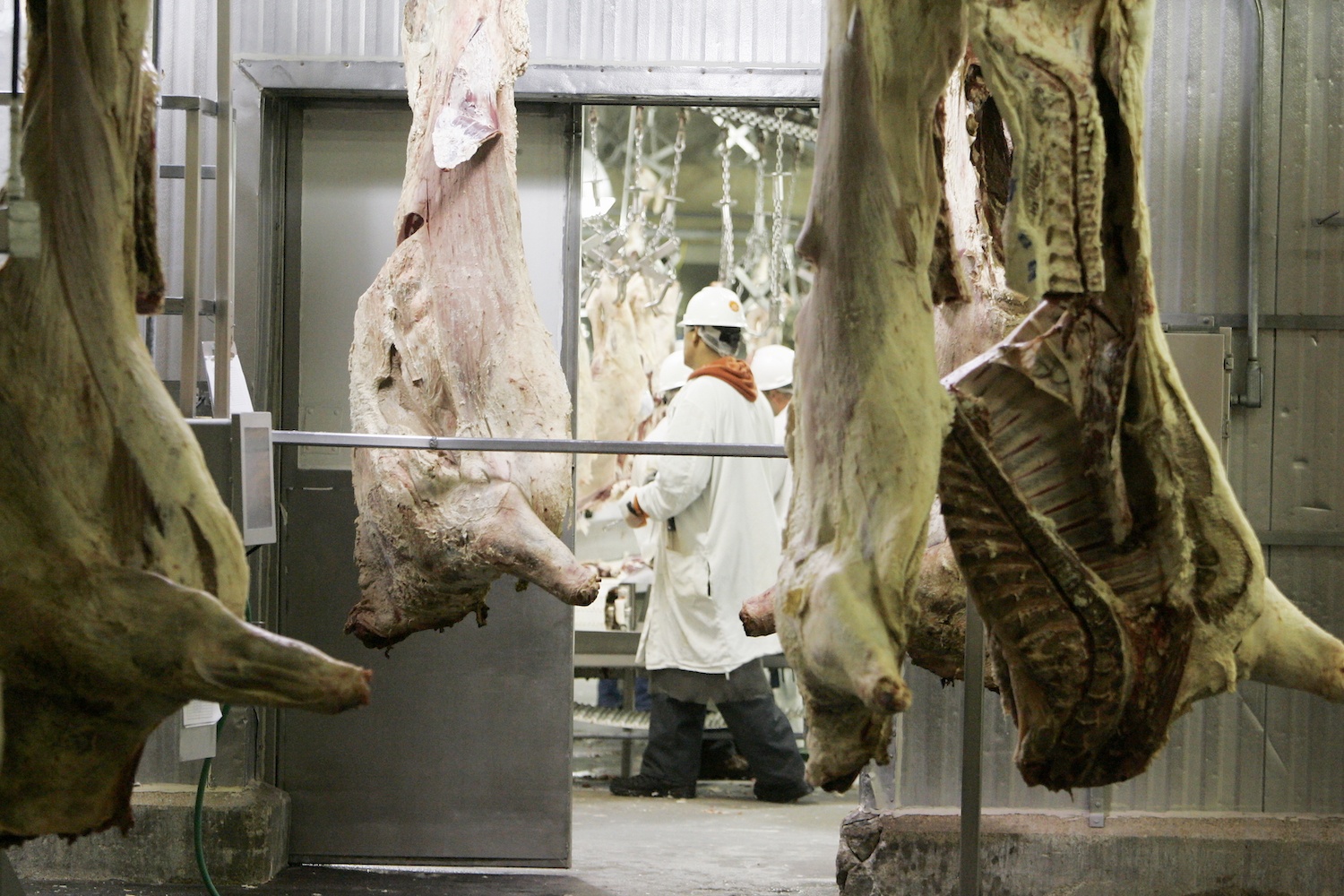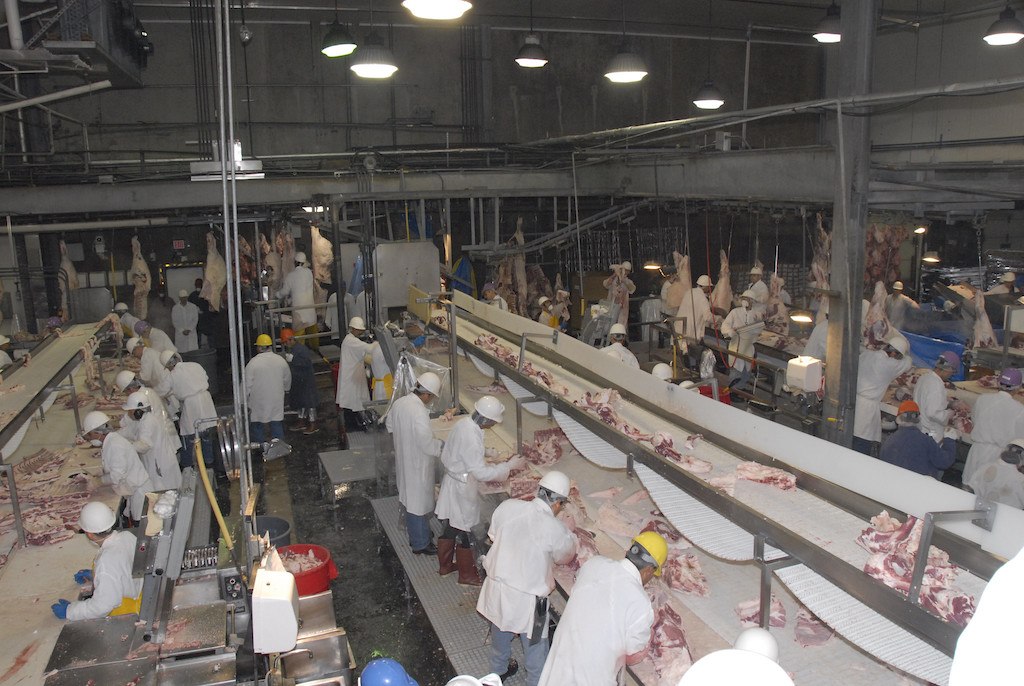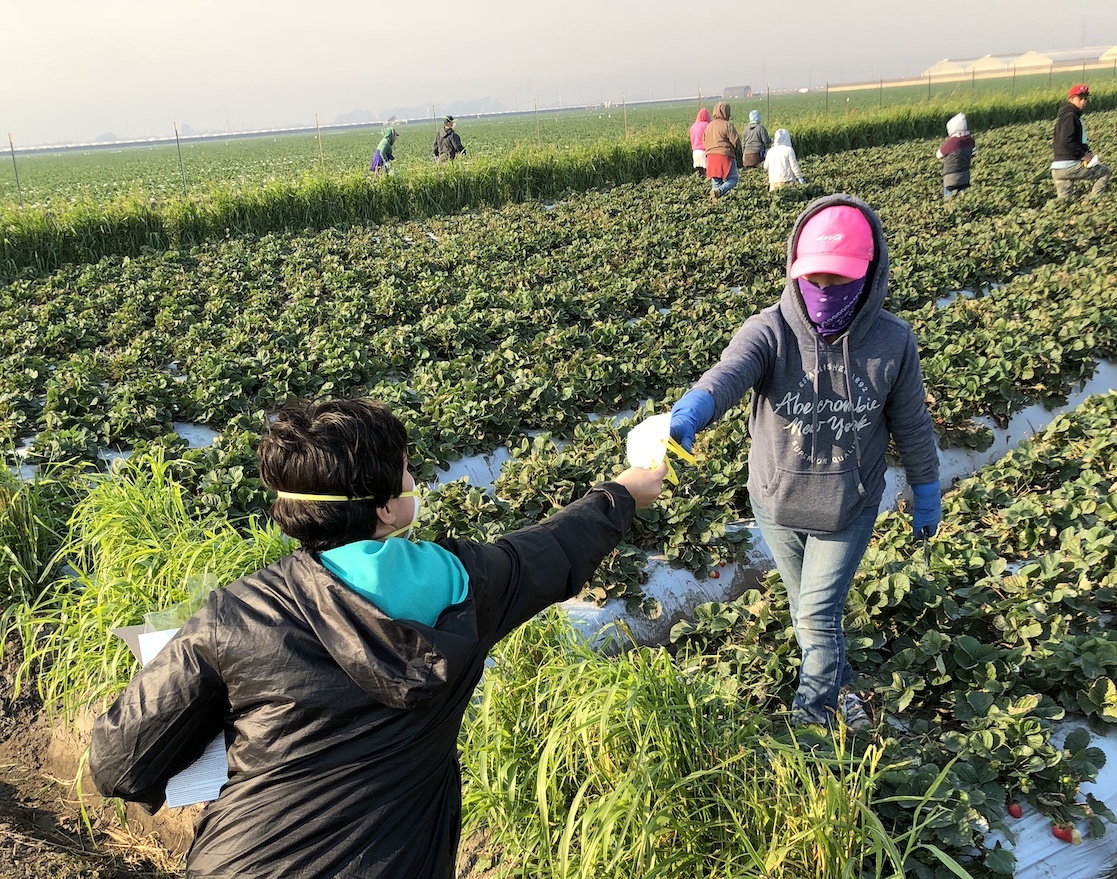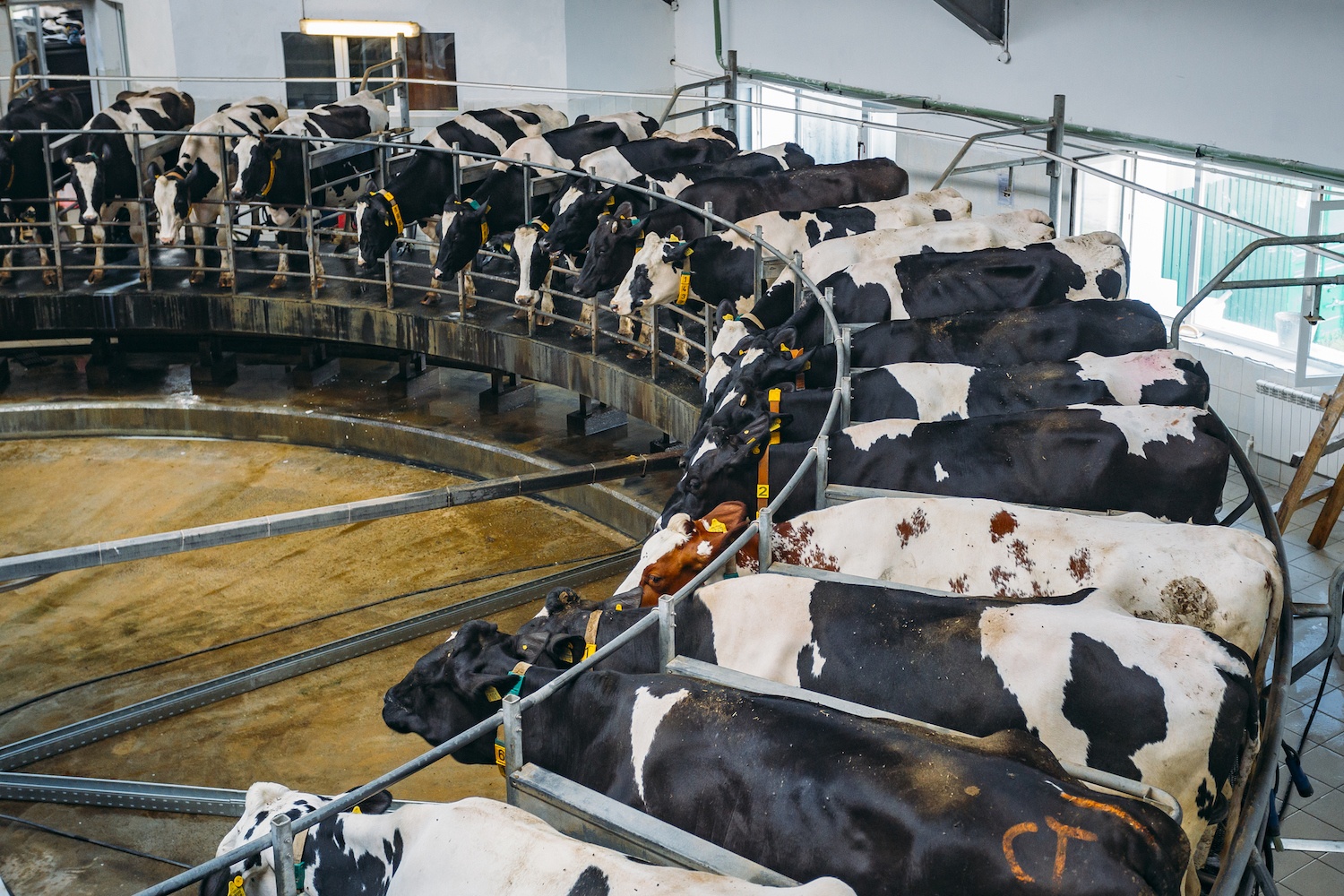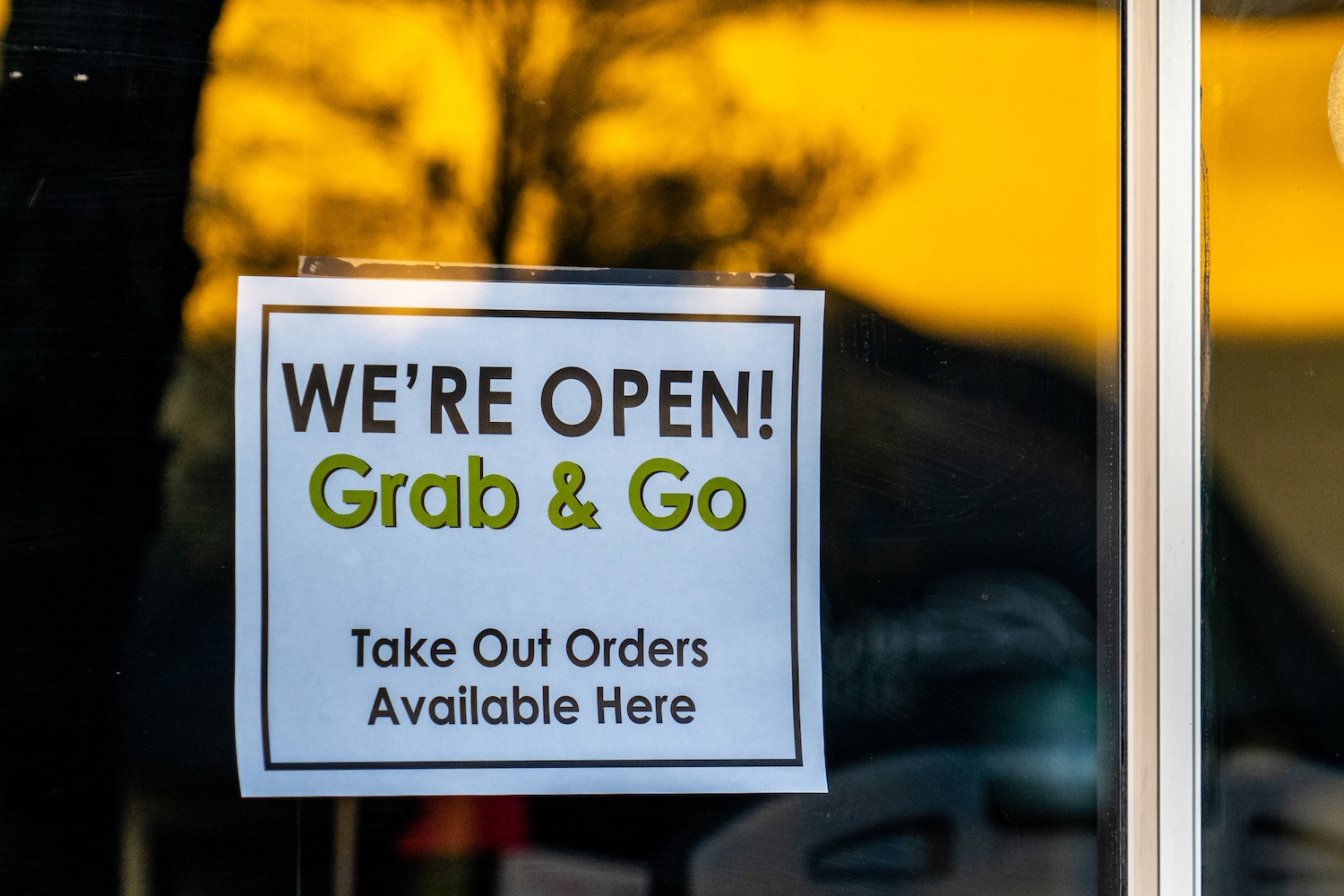Chickens processed at unsafe speeds, fishing in protected waters, and fewer protections for workers: Experts say the pandemic has made our food system significantly more dangerous.
In fewer than five months, ever since the Covid-19 outbreak was declared a pandemic, the Trump administration has taken a number of significant steps to deregulate the food system. Citing unprecedented disruptions, federal agencies have rolled restrictions back on various segments of food production—from labor protections for meatpacking workers to food labeling requirements for manufacturers. Predictably, industry representatives have welcomed these moves, arguing that less bureaucracy makes it easier for food to get harvested, processed, and delivered to our dinner tables. But advocates for food safety, labor, and consumer health worry that these deregulatory actions come at high cost—one borne mostly by food workers and the environment.
“They rolled back everything they could get their hands on,” says Rena Steinzor, professor of administrative and food safety law at the University of Maryland. “And they couldn’t care less about workers.” Food policies aren’t the only ones getting reined in: The administration has also loosened clean air regulations and pollution reporting rules. Last month, Democratic lawmakers in the House accused the Trump administration of “[exploiting] the COVID-19 pandemic to push this Administration’s reckless deregulatory agenda.”
President Trump himself has repeatedly invoked the coronavirus pandemic as his rationale for loosening the rules governing food production and distribution. However, his administration made its deregulatory ethos clear far earlier: In January of 2017, Trump directed his agencies to repeal two rules for every new one they introduced—a mandate that dovetails neatly with our current reality. Just last week, Trump boasted that his administration has “taken more than 740 actions to suspend regulations that would have slowed our response to the China virus,” using a derogatory term for the disease, at an event featuring a live demonstration of regulation—as represented by weights—getting lifted off of society—as represented by a truck.
“What’s happened in the pandemic has just been more of the same, says Margot Pollans, a professor of environmental and food law at Pace University. “In fact, a lot of things were kind of on the agenda anyway, and the pandemic just provides another rationale. The question is: Is the rationale at all persuasive? Is it compelling? Mostly, I think the answer is no.”
Some of the rollbacks don’t explicitly mention the pandemic. Many of those that do, however, are concessions industries had been pushing for long before the current public health emergency. And while a few of the deregulatory moves are supposed to be temporary, it’s becoming increasingly apparent in the U.S., that we’ll be adapting around the disease—rather than eradicating it—for the foreseeable future. Whether for the time being or for good, here are seven notable ways that the Trump administration has cut red tape in the food system.
1. Faster chicken, with a side of tumors
Until recently, poultry processors were required to dispose of chickens with lesions potentially caused by avian leukosis, a cancer-causing virus in chickens. Last week, the Department of Agriculture approved a petition by the National Chicken Council to allow slaughterhouses to simply cut tumors off while continuing to process the rest of an affected bird. In its petition, the poultry industry pointed out that avian leukosis is relatively rare these days thanks to common vaccinations. It also cited the Trump administration’s aforementioned “two deregulations for every new regulation” directive as a further basis for its request. USDA’s move was decried by consumer and environmental health organization Food & Water Watch, which argued that it was yet another move to weaken federal oversight of the meat industry.
Notably, this new flexibility applies only to poultry plants operating under the New Poultry Inspection Service (NPIS)—a program that lets processors run lines at 175 birds per minute (the previous standard was 140 birds per minute). In March and April, USDA rapidly granted permission to a large number of poultry plants to shift to this model. However, food safety and worker advocates fear that NPIS will make it harder for workers to spot defects (like, say, tumors) and increase their injury rates.
“The carcasses move so fast that nobody can see if there’s something wrong with them, and processing them becomes even more injurious,” Steinzor says. When asked for comment about these concerns in March, USDA dismissed them, invoking its role at the “forefront” of keeping the meat supply chain running and feeding Americans during the Covid-19 pandemic.
2. OSHA no longer tracking the spread of workplace illnesses
During the pandemic, the Occupational Health and Safety Administration (OSHA) has largely abdicated its responsibility to regulate unsafe workplaces. As thousands of meatpacking workers have fallen ill from the coronavirus, the agency has only issued non-binding safety guidance, and is not enforcing a “general duty clause” that requires the removal of known hazards. What’s more: It effectively suspended a requirement to track and report cases of workers catching dangerous illnesses on the job.
First, in April, the agency announced that only hospitals, doctor’s offices, emergency offices, and jails and prisons would be required to track Covid-19 cases. Then in May, that was extended to all other employers—but OSHA passes off this responsibility to the employers themselves. It’s up to these companies to make a “good faith effort” to determine how a worker contracted the virus—but where’s the incentive for that to happen, when too many confirmed cases could trigger a workplace investigation? And how could it ever be proved, given the rapid and total spread of the virus across the country, particularly in food processing facilities? “I would characterize [OSHA] as toothless and grossly negligent,” Steinzor says of the agency’s inaction during the pandemic. “It’s a regulatory boycott—a refusal to regulate.”
3. EPA lets polluters police themselves
In late March, the Environmental Protection Agency (EPA) stopped policing pollution—meaning it would no longer fine food plants and fertilizer factories for excessive air emissions, or chicken and pig farms for unsafe runoff. The memo set guidelines for companies to monitor themselves for an undetermined period of time during the outbreak, and said the agency would not issue fines for clean air, water, and hazardous waste reporting violations “in situations where the EPA agrees that Covid-19 was the cause of the noncompliance.” During the outbreak, the agency’s focus would be “on situations that may create an acute risk or imminent threat to public health,” and would exercise “discretion” in other environmental rules. (The policy is scheduled to expire by September 1, per a recent memo.) In June, the New York Times reported that the President gave other federal agencies, including USDA, the go-ahead to skip environmental reviews of new infrastructure projects, citing the economic toll of the pandemic.
On the field, EPA also appears to be moving forward with a proposal that would loosen regulations protecting farm workers from pesticide exposure, despite concerns from farmworker advocates about the health consequences of such a move. “For farmworker pesticide exposure issues…enforcement has always been underwhelming, and has always been less than where it should be,” says Pollans. The pandemic has made the urgency of farm workers’ health concerns starker: Pesticide exposure has been linked to respiratory issues and could put workers at higher risk for Covid-19. Nonetheless, EPA is scheduled to release a final version of the new rule in September.
4. Food labels can have some inaccuracies, as a treat
Since March, FDA has given retailers and manufacturers permission to sell foods that aren’t labeled exactly right. The pandemic severely disrupted traditional supply chains, the agency’s reasoning went, and eliminating bureaucracy could help producers work around bottlenecks and gluts alike. First, the agency waived nutrition fact labeling requirements for restaurants selling packaged foods—a phenomenon that took off after social distancing orders led to the shutdown of traditional dine-in restaurants. Then in April, FDA went a little further, announcing it would stop enforcing calorie labeling rules, which require restaurants with 20 or more locations to make nutrition information available to eaters. (Before that rule took effect in 2018, it faced significant opposition from some industry groups.)
Most recently, FDA gave manufacturers tacit approval to make substitutions and omissions in food and drink products without updating ingredient labels, to the alarm of allergy awareness advocates. All these moves came in the weeks after a food industry lobby group met with President Trump to urge a stop on any new regulations that might “hinder supply chains or take focus and resources away from the national need for increased production.” Public health experts told us that the decisions made sense in the context of a pandemic, but emphasized that they should be restored as soon as possible. For FDA’s part, it’s left the door open to extend these flexibilities after the pandemic, depending on its assessment of supply chain needs.
5. Cutting the net on fishing regulations
The commercial fishing industry, like almost every other, has been slammed by the pandemic. Lobstermen, who spend their whole lives scouring for crustaceans along the ocean’s bottom, are wondering if their business is destined to plummet there, while seafood processors have seen their biggest contracts evaporate overnight.
Last month, President Trump signed a controversial proclamation ostensibly intended to help them—by opening up the Northeast Canyons and Seamounts Marine National Monument, off the coast of New England, to commercial fishing. The 5,000-square-mile Atlantic Ocean monument had been closed off since 2016, to save whales and depleted fish stocks. While fishermen groups lauded the move, administration officials themselves have previously found that fishing activity near the monuments make up an insignificant fraction of revenue, Washington Post reports.
In May, Trump also signed a controversial executive order that lays the groundwork to boost domestic production of seafood via large-scale, open-ocean aquaculture, which he said would “revitalize our nation’s seafood industry; get more Americans back to work; and put healthy, safe food on our families’ tables.” However, scientists have voiced concerns about marine farms, pointing out that they could spread disease, increase pollution, and that if farmed fish were to escape into the ocean (it happens), they would compete with native species for food and resources.
6. Truckers can drive longer into the night
Since the 1930s, long-haul truck drivers have not been allowed to drive all night, because long hours and mental fatigue lead to crashes and accidents. But emergencies don’t sleep. In March, the Federal Motor Carrier Safety Administration relaxed “hours of service” rules to allow truckers transporting badly needed medical supplies, PPE, food, and toilet paper, among many other things, to bypass rules limiting them to 11 hours of driving within a 14-hour period, and eliminating requirements to take 10 hours off between shifts. Safety advocates worried, but then in May, the agency announced that it had finalized permanent rules that had similar goals, including a 2-hour-longer driving window, and the option to split up the 10-hour break throughout the day. “America’s truckers are doing a heroic job keeping our supply chains open during this unprecedented time and these rules will provide them greater flexibility to keep America moving,” Transportation Secretary Elaine Chao said.
7. Employers don’t have to come clean when they bust unions
In March and April, the National Labor Relations Board (NLRB) held a two-week freeze on union elections—a secret vote, like any other, that can confer official recognition on a group of unified workers. This meant it was legally impossible for the suddenly galvanized grocery clerks, warehouse stockers, and other food chain workers—who’d been toiling in unsafe conditions, as employers were slow to provide masks and other PPE—to form unions. The freeze is over, but in other, subtler ways, a worker’s right to join a union is being eroded by the pandemic. In May, the NLRB ruled that some employers no longer needed to post notices to employees when they were caught violating the National Labor Relations Act, which protects the right to unionize. Those violations might include, for instance, a failure to respond to a union request for information, or illegally telling a worker not to organize. Time was, violators had to post a physical notice in the workplace, or email the workers, to tell them what happened. For now, employers that are physically closed, or have a “substantial complement” of their staff off the payroll, don’t have to do that, but as the National Law Review points out, there could be major loopholes. What if the workers are all working from home, or getting email updates from their bosses? And what’s the threshold for a “substantial complement”?
Like so many other pandemic-era rollbacks, those specifics, it seems, will be figured out later—months or years after the pandemic ends, if at all. As a legal expert told us, it’s important to never let a crisis go to waste.
Additional reporting contributed by H. Claire Brown.
